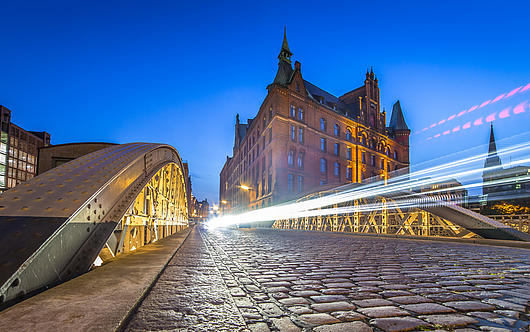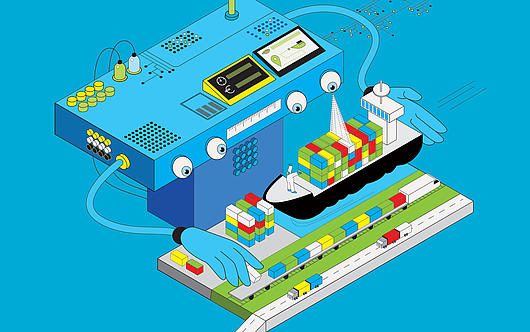
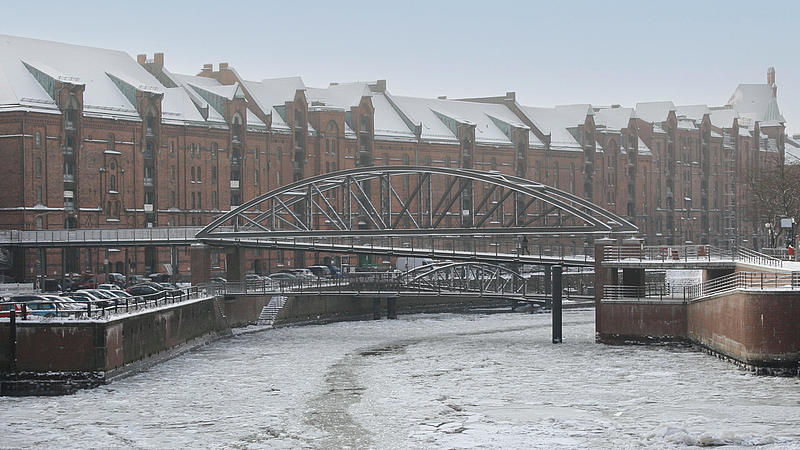
Treating resources with awareness is at the heart of the company’s philosophy. Wildplastic pays suppliers in the world’s southern hemisphere to collect plastic waste in countries with no developed waste disposal system and send it pre-sorted to Hamburg.
What suppliers in Africa and Asia deliver by ship container is processed into granules in the Hanseatic city and then recycled into new plastic products – ranging from conventional refuse sacks to canisters made of hard plastic. The more sales revenue generated, the more the collectors of the plastic waste earn too. Commercial success is now starting to materialise at Wildplastic following delays to the creation of the company as a result of COVID-19. Behind the positive numbers lie pioneering entrepreneurial work and a perfect location for good ideas – the Speicherstadt historical warehouse district in Hamburg, a place rich in tradition.

Ultra-modern for 140 years
When what is now a UNESCO World Heritage Site was established in 1888, the warehouse complex was extremely innovative. The world’s most modern logistics centre at the time was intermodally connected to the international goods transport system, with road and rail links on one side of the warehouse blocks and quays for inland waterway ships on the other. Hydraulic cranes stood on the waterside, cable winches hoisted goods through the hatches and the district’s own power station provided electric lighting everywhere.
Some 140 years later, the intermodal aspect continues at Wildplastic as one of the latest generation of companies. Travelling up the river Elbe, its raw material – plastic waste – arrives in the port by ship container, samples and prototypes are stored in the warehouse, and recycling products ready for dispatch are collected on the landside.
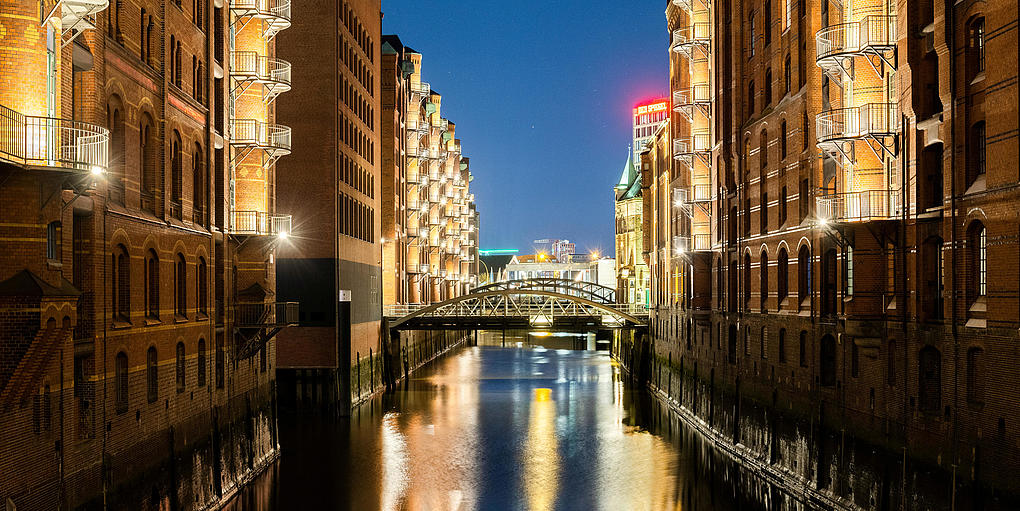

Just two street corners away, Simon Radtke packs appetising-looking pears, cherry tomatoes and kohlrabis into a wooden crate. As Managing Director, he set up the young company Stadt Land Frucht. It supplies offices and households within and beyond the city limits of Hamburg with fresh, healthy snacks – organic if possible, and ideally produced in the region.
Fresh produce is delivered up to four times a day via the ramp on the ground floor and then picked in the hall. “The Speicherstadt is an optimal location for us,” says Radke, “from here it’s just a few minutes to the wholesale market, and most of our office customers are based in the city centre and HafenCity.”
Diversity of founders in red brick habitat
Wildplastic and Stadt Land Frucht are just two examples from the colourful founder scene that has put down roots in this red brick habitat. The diversity of start-ups is also thanks to HHLA Immobilien’s many years of work. The Immobilien team manages the world’s biggest historical warehouse complex and has long been developing it for the future.
“The warehouse blocks have the advantage of being multifunctional in their use,” explains Mirko Schröder, an architect at HHLA Immobilien. “Their historical and massive building envelope provides us with solid foundations. Inside the buildings, the grid-like pillar arrangement gives us the freedom to convert the spaces for exciting new uses. This is not just incredibly attractive, but also the most sustainable use of buildings that’s possible.”

“The warehouse blocks have the advantage of being multifunctional in their use”
Hamburg as a magnet for start-ups
Hamburg’s start-up scene is finding tailor-made space solutions and making the Speicherstadt historical warehouse district a magnet within a city that is attracting a bewildering array of brand new companies. “With some 1,400 start-ups, Hamburg is one of Germany’s most important metropoles for founding companies,” says Veronika Reichboth, Head of the Start-up Unit Hamburg at Hamburg Invest.
Working at the interface between city marketing and business development, her team is responsible for positioning young companies and their innovative business models in the city and building a resilient network. Reichboth is not surprised that many are moving to the Speicherstadt: "As a World Heritage Site, this special location in a setting of tradition and modernity has increasingly established itself as a center for future business models."
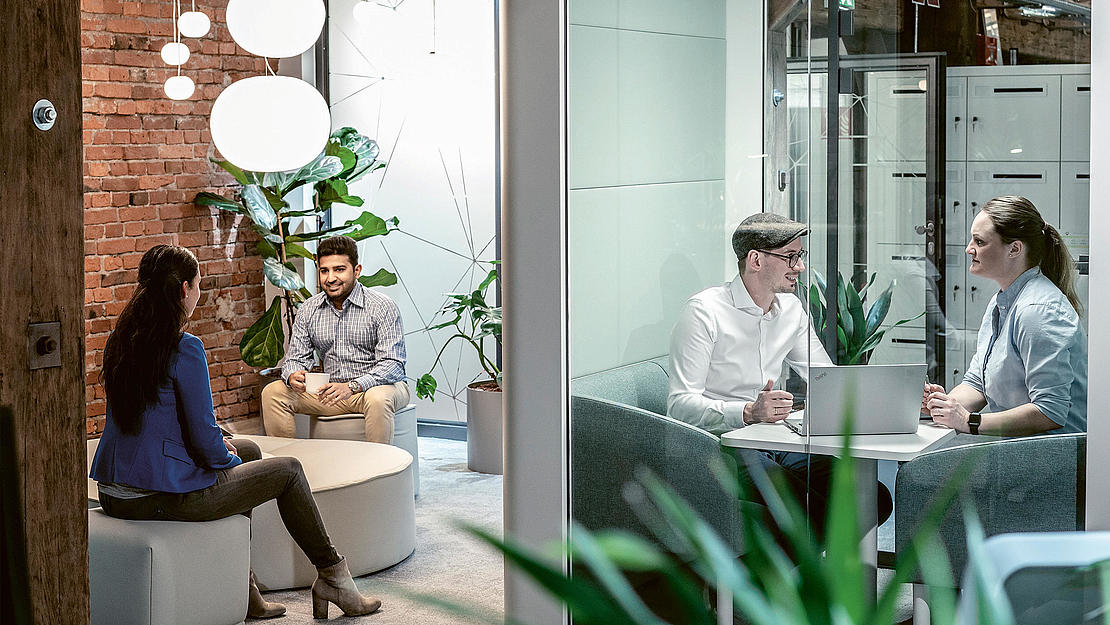
The supporters of the scene include HHLA itself, with its innovation and venture building unit HHLA Next. It scans the maritime logistics sector worldwide for digital and sustainable solutions for transporting goods. If it identifies innovative business models with potential, it also invests. In the case of spin-offs, it provides assistance with its structures or performs the role of a bridge-builder between start-ups and corporates. (Go to the website of hhla-next.de/en)
Another start-up helper for newly founded companies, NMA Venture Capital, is located just one street away. According to Managing Partner Christoph Hüning, it developed from a previous initiative called Next Media Accelerator into an international consultancy in the area of digital innovation. He brings together start-ups and suitable established media and other companies. To entice international partners to events in Hamburg, Hüning likes to use the world-renowned maritime flair of the Speicherstadt historical warehouse district: “This is a great place here, and everything is within walking distance. You can go and eat something quickly at lunchtime and have a view of the Elbphilharmonie concert hall as well.“
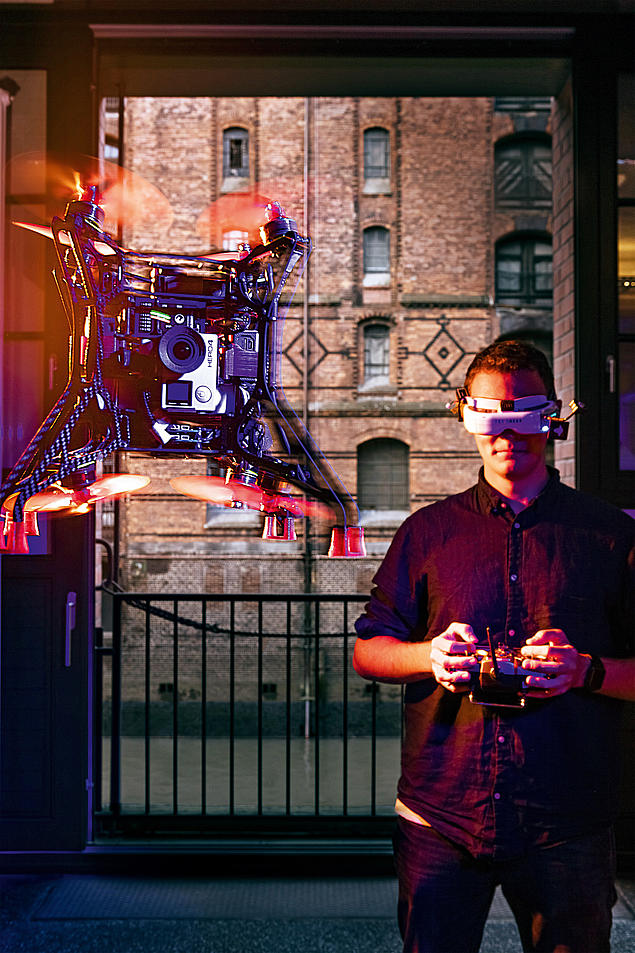
Digital Hub Logistics for the whole of Germany
Walking along Sandtorkai towards the famous Elbphilharmonie concert hall, references to innovative technologies and entrepreneurs can be found on the doors of many other buildings. Just next to NMA is Virtual Reality Headquarters (VRHQ), a showroom and meeting place for young VR companies and projects in Hamburg.
Then, large golden letters on the red brick façade identify Digital Hub Logistics. As one of twelve hubs established with varying themes, the digital hub is part of the de:hub initiative coordinated by the German Federal Ministry for Economic Affairs and Climate Action. With its location in the Speicherstadt historical warehouse district, the Hamburg hub naturally focuses on the latest logistics solutions.
Here, start-ups looking to connect with partners from business find more than just advice and contacts. On all five floors of an entire warehouse block, they are offered flexible and informally furnished workspaces, including a table tennis table and an event floor.
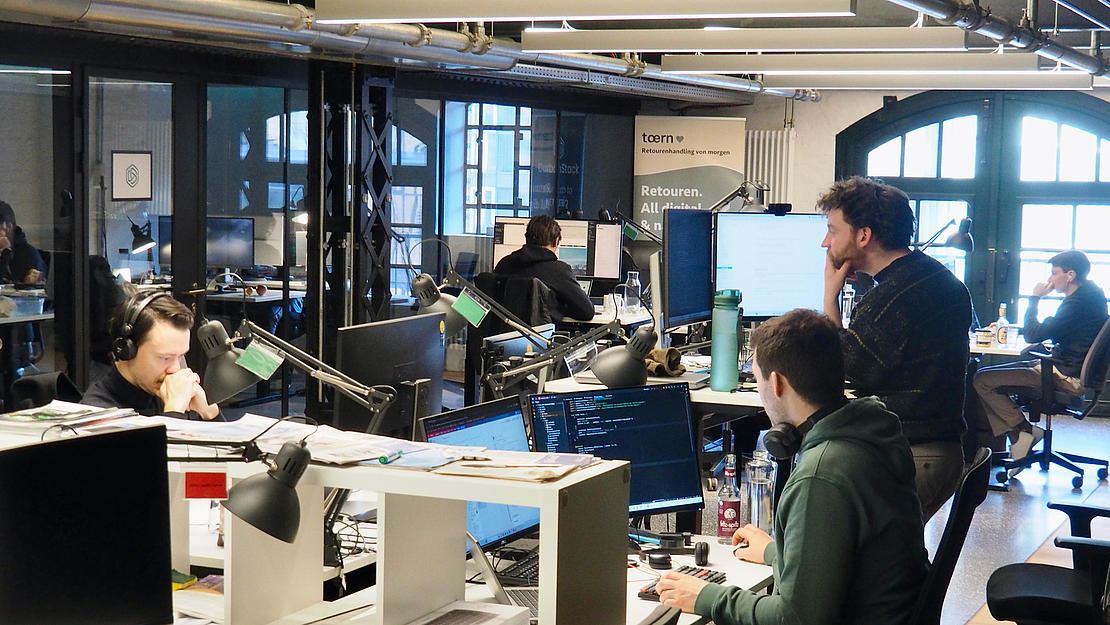
Brainstorming at the Boost Camp
"The Digital Hub Logistics connects our currently more than 100 registered start-ups and 25 established partner companies through a wide range of attractive event formats," explains Managing Director Erik Petruschke. One of these formats is the three-and-a-half-day Boost Camp. Last year, it presented a demanding but typical challenge.
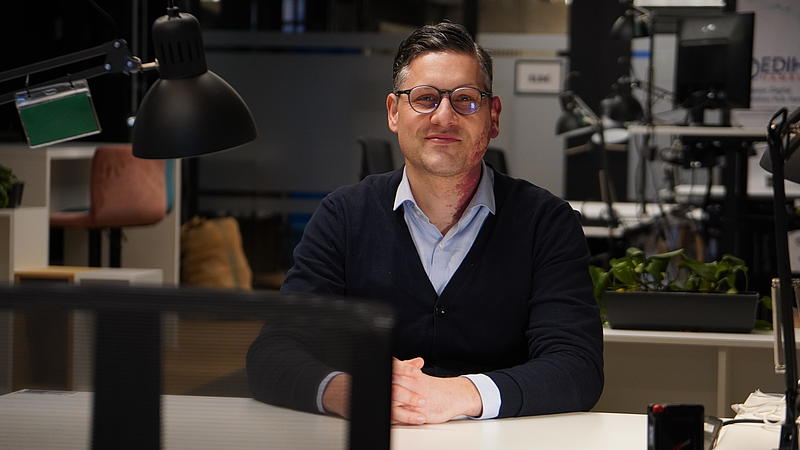
Hamburger Hochbahn asked the hub for ideas on how a digital signposting system for passengers in the confusing Jungfernstieg underground and S-Bahn station could look. A concept was developed at the camp together with the start-ups Zaubar, Lemberg Solutions and the application designer Wehyve. It met with a positive response from the local transport company. “This is now being developed further as part of an agile process,” says Petruschke enthusiastically.
Once again, a solution for the future originated in a World Heritage Site. There’s no suppressing the character of the Speicherstadt historical warehouse district that goes back more than a century. It was, is and will remain an inspirational logistics centre.
Author: Oliver Driesen
